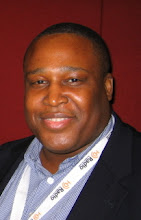Do you want to make your station, cluster or company more people-oriented, customer [read: listener & advertiser]-centered, and performance-driven? If your answer is yes, it’s time to start leading at a higher level. Here’s some advice from leadership expert and author Ken Blanchard on how you can become a better leader:
- Set the right targets and follow the right vision: Focus on the “bottom lines” that really matter.
- Serve your customers at a higher level: Deliver your ideal customer experience, and create “raving fans.”
- Go beyond your ego: Listen, praise, support, guide, and help your people win!
For more of Ken Blanchard’s leadership insights, click here.



